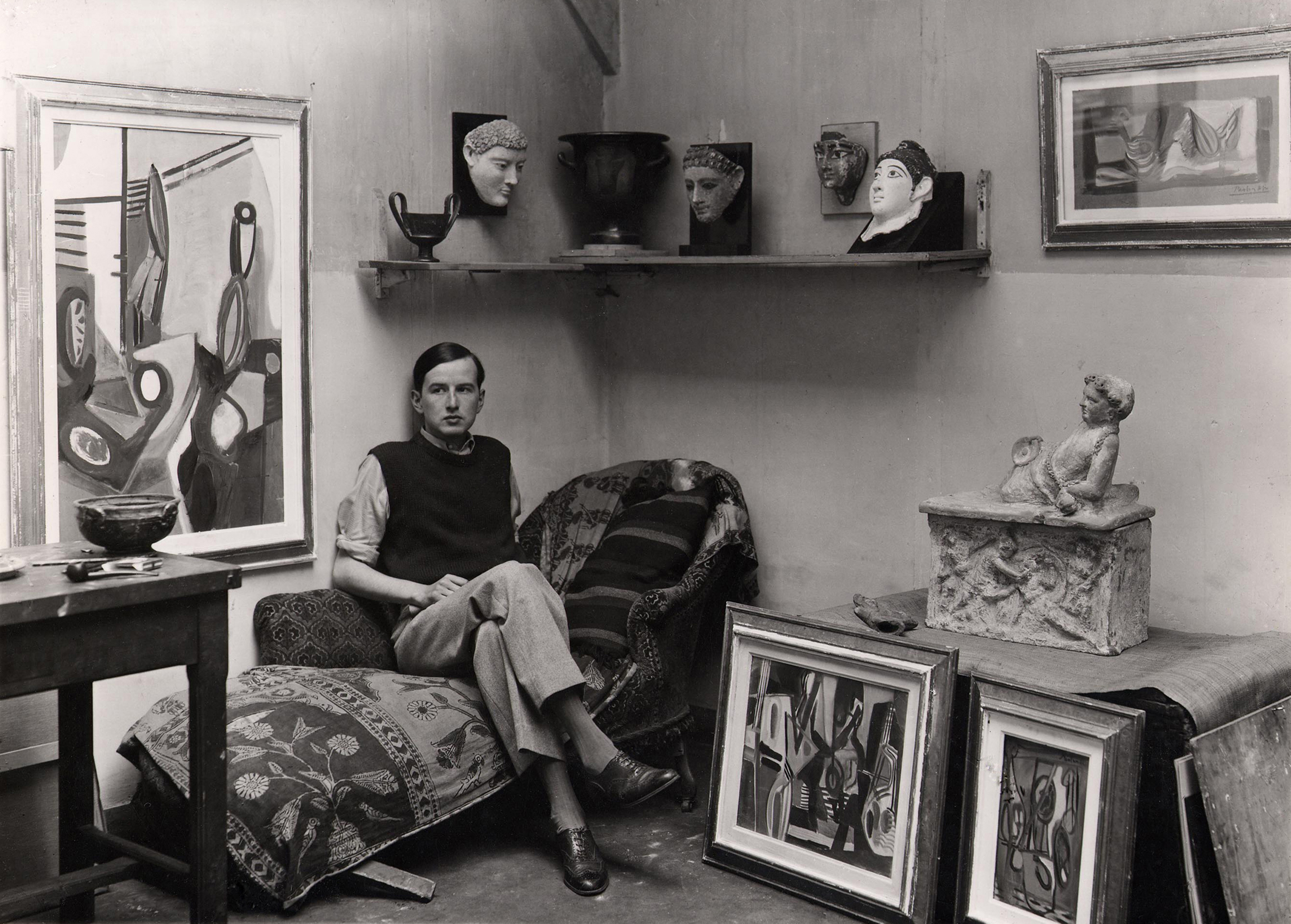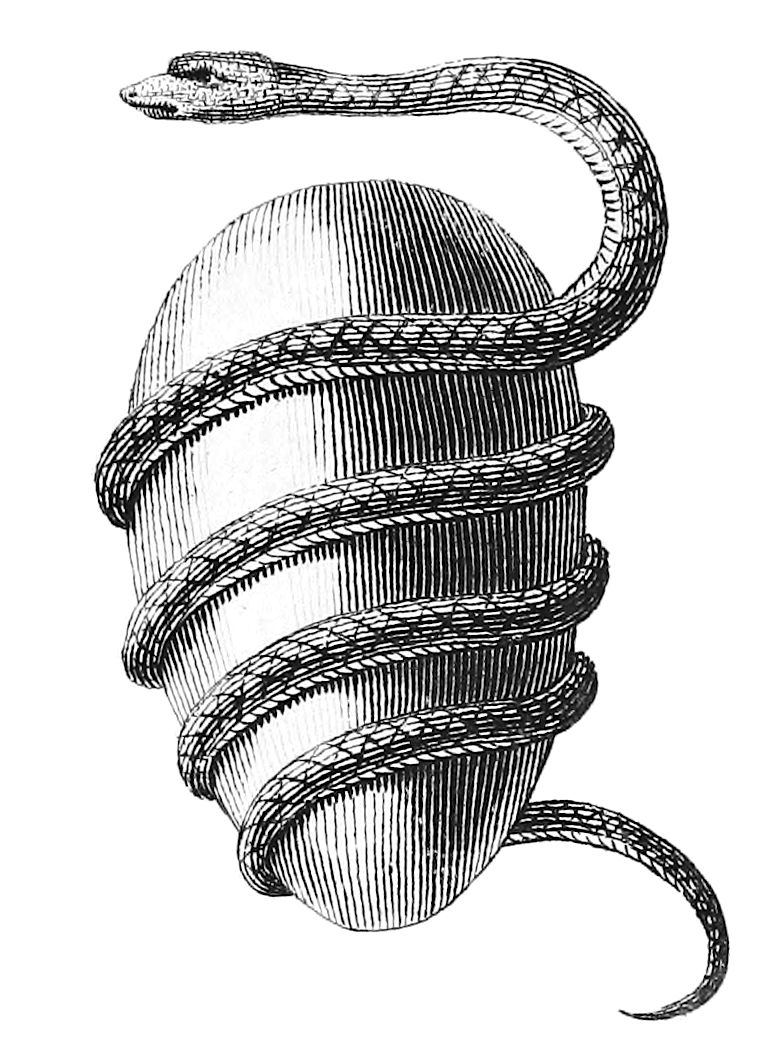|
Matriarchal Religion
A matriarchal religion is a religion that emphasizes a goddess or multiple goddesses as central figures of worship and spiritual authority. The term is most often used to refer to theories of prehistoric matriarchal religions that were proposed by scholars such as Johann Jakob Bachofen, Jane Ellen Harrison, and Marija Gimbutas, and later popularized by second-wave feminism. These scholars speculated that early human societies may have been organized around female deities and matrilineal social structures. In the 20th century, a movement to revive these practices resulted in the Goddess movement. History The concept of a prehistoric matriarchy was introduced in 1861 when Johann Jakob Bachofen published ''Mother Right: An Investigation of the Religious and Juridical Character of Matriarchy in the Ancient World''. He postulated that the historical patriarchates were a comparatively recent development, having replaced an earlier state of primeval matriarchy, and postulated a "chth ... [...More Info...] [...Related Items...] OR: [Wikipedia] [Google] [Baidu] |
Arthur Evans
Sir Arthur John Evans (8 July 1851 – 11 July 1941) was a British archaeologist and pioneer in the study of Aegean civilization in the Bronze Age. The first excavations at the Minoan palace of Knossos on the List of islands of Greece, Greek island of Crete began in 1877. They were led by Cretan Greek Minos Kalokairinos, a native of Heraklion. Three weeks later Ottoman authorities forced him to stop (at the time, Ottoman Crete, Crete was under Ottoman rule). Almost three decades later, Evans heard of Kalokairinos' discovery. With private funding, he bought the surrounding rural area including the palace land. Evans began his own excavations in 1900. Based on the structures and artefacts found there and throughout the eastern Mediterranean, Evans found that he needed to distinguish the Minoan civilisation from Mycenaean Greece. Evans was also the first to define the Cretan scripts Linear A and Linear B, as well as an earlier pictographic writing. Biographical background Fam ... [...More Info...] [...Related Items...] OR: [Wikipedia] [Google] [Baidu] |
Serpent (symbolism)
The serpent, or snake, is one of the oldest and most widespread mythological symbols. The word is derived from Latin ''serpens'', a crawling animal or snake. Snakes have been associated with some of the oldest rituals known to humankindRobbins, Lawrence H., Alec C. Campbell, George A. Brook, Michael L. Murphy (June 2007). "World's Oldest Ritual Site? The 'Python Cave' at Tsodilo Hills World Heritage Site, Botswana". Nyame Akuma. ''Bulletin of the Society of Africanist Archaeologists'' (67). Retrieved 1 (2010). and represent dual expression of good and evil. The historian of religions Mircea Eliade observed in ''The Myth of the Eternal Return,'' "the serpent symbolizes chaos, the formless and nonmanifested." In ''The Symbolism of the Cross'', Traditionalist René Guénon contended that "the serpent will depict the series of the cycles of universal manifestation," "the indefinitude of universal Existence," and "the being's attachment to the indefinite series of cycles of manifestati ... [...More Info...] [...Related Items...] OR: [Wikipedia] [Google] [Baidu] |
Venus Figurines
A Venus figurine is any Upper Palaeolithic statue portraying a woman, usually carved in the round.Fagan, Brian M., Beck, Charlotte, "Venus Figurines", beliefs '' The Oxford Companion to Archaeology'', 1996, Oxford University Press, pp. 740–741 Most have been unearthed in Europe, but others have been found as far away as Siberia and distributed across much of Eurasia. Most date from the Gravettian period (26,000–21,000 years ago). However, findings are not limited to this period; for example, the Venus of Hohle Fels dates back at least 35,000 years to the Aurignacian era, and the Venus of Monruz dates back about 11,000 years to the Magdalenian. Such figurines were carved from soft stone (such as steatite, calcite or limestone), bone or ivory, or formed of clay and fired. The latter are among the oldest ceramics known to historians. In total, over 200 such figurines are known; virtually all of modest size, between about in height.Fagan, 740 These figurines are recognise ... [...More Info...] [...Related Items...] OR: [Wikipedia] [Google] [Baidu] |
Merlin Stone
Merlin Stone (born Marilyn Jacobson; September 27, 1931 – February 23, 2011) was an American author, artist and academic. She was an important thinker of the feminist theology and Goddess movements and is known for her book '' When God Was a Woman''. Biography Merlin Stone was born in Flatbush, Brooklyn, New York. She attended P.S. 217 and Erasmus Hall High School, where she graduated in 1949 with a Metallic Art Medal Award. After enrolling at the University of Buffalo later that year and marrying in 1950, she continued her studies while raising her children, ultimately earning a B.S. and teaching certificate in art (with a minor in journalism) from the institution in 1958. She became interested in archaeology and ancient religions from her study of ancient art. From 1958 to 1967, she worked as a teacher and sculptor, exhibiting widely and executing numerous commissions. During this period, she was divorced from her first husband in 1963 and taught at Buffalo State ... [...More Info...] [...Related Items...] OR: [Wikipedia] [Google] [Baidu] |
Pays Interdit
Pays interdit (Forbidden Land) is a surrealist painting by Wolfgang Paalen, originally called ''L´upyre'', which in the final version of 1937 shows a drop-shaped stylized idol of femininity with tentacle-like arms, that stands in precarious proximity to an abyss opening unexpected in dark-crystalline forms to the observer. Three spherical space-bodies hover in front of them, two of which are shaped like falling, burning meteorites. The painting is the first oil painting by Paalen, that is artfully based on his surrealist technique of fumage. It explores the theme of mortal fears and primordial femininity with a hermetical iconography. The painting is presently in a private collection. Background Paalen started to work on this picture during the first two weeks of October 1936 after a severe psychogenic crisis. In August 1936, he had to learn that a prolonged affair of Pablo Picasso with his wife Alice (Alice Rahon) had led to a pregnancy and abortion. Paalen later commented ... [...More Info...] [...Related Items...] OR: [Wikipedia] [Google] [Baidu] |
Wolfgang Paalen
Wolfgang Robert Paalen (July 22, 1905 in Vienna, Austria – September 24, 1959 in Taxco, Mexico) was an Austrian-Mexican painter, sculptor, and Aesthetics, art philosopher. A member of the Abstraction-Création group from 1934 to 1935, he joined the influential Surrealism, Surrealist movement in 1935 and was one of its prominent exponents until 1942. Whilst in exile in Mexico, he founded his own counter-surrealist art-magazine ''DYN (magazine), DYN'', in which he summarized his critical attitude towards radical subjectivism and Freudo-Marxism in Surrealism with his philosophy of contingency (philosophy), contingency. He rejoined the group between 1951 and 1954, during his sojourn in Paris. Family and childhood Wolfgang Paalen was born in one of the famous ''Wienzeilenhäuser'' designed by Otto Wagner in Vienna (Köstlergasse 1 / Linke Wienzeile No. 40), Austria. He was the first of four sons of the Austrian-Jewish merchant and inventor , and his German wife, the actress Cloth ... [...More Info...] [...Related Items...] OR: [Wikipedia] [Google] [Baidu] |
Seven Days In New Crete
''Seven Days in New Crete'', also known as ''Watch the North Wind Rise'', is a seminal future-utopian speculative fiction novel by Robert Graves, first published in 1949. It shares many themes and ideas with Graves' ''The White Goddess'', published a year earlier. Martin Seymour-Smith, Graves's biographer, further suggested it was autobiographical, "telling the essential story of his life between 1929 and 1947". Summary The novel takes place in a future society (first established on the island of Crete, but later spreading through much of the world) in which most post-medieval technology has been rejected, and a Triple Goddess religion is followed. The book is narrated by a mid-20th century poet, Edward Venn-Thomas, who is transported forward in time by the New Cretans. Society is organised into five " estates" or social groups: captains, recorders (scribes), commons (by far the most numerous), servants, and magicians or poets (the least numerous), which are analogised to the ... [...More Info...] [...Related Items...] OR: [Wikipedia] [Google] [Baidu] |
The White Goddess
''The White Goddess: a Historical Grammar of Poetic Myth'' is a book-length essay on the nature of poetic myth-making by the English writer Robert Graves. First published in 1948, it is based on earlier articles published in ''Wales'' magazine; corrected, revised and enlarged editions appeared in 1948, 1952 and 1961. ''The White Goddess'' represents an approach to the study of mythology from a decidedly creative and idiosyncratic perspective. Graves proposes the existence of a European deity, the "White Goddess of Birth, Love and Death", much similar to the '' Mother Goddess'', inspired and represented by the phases of the Moon, who lies behind the faces of the diverse goddesses of various European and pagan mythologies. Graves argues that true or pure poetry is inextricably linked with the ancient cult-ritual of his proposed White Goddess and her son. History Graves first wrote the book under the title of ''The Roebuck in the Thicket'' in a three-week period during Januar ... [...More Info...] [...Related Items...] OR: [Wikipedia] [Google] [Baidu] |
The Greek Myths
''The Greek Myths'' (1955) is a mythography, a compendium of Greek mythology, with comments and analyses, by the poet and writer Robert Graves. Many editions of the book separate it into two volumes. Abridged editions of the work contain only the myths and leave out Graves's commentary. Each myth is presented in the voice of a narrator writing under the Antonines, such as Plutarch or Pausanias, with citations of the classical sources. The literary quality of his retellings is generally praised. Following each retelling, Graves presents his interpretation of its origin and significance, influenced by his belief in a prehistoric Matriarchal religion, as discussed in his book ''The White Goddess'' and elsewhere. Graves's theories and etymologies are rejected by most classical scholars. Graves argued in response that classical scholars lack "the poetic capacity to forensically examine mythology". Contents Graves interpreted Bronze Age Greece as changing from a matriarchal soci ... [...More Info...] [...Related Items...] OR: [Wikipedia] [Google] [Baidu] |
Robert Graves
Captain Robert von Ranke Graves (24 July 1895 – 7 December 1985) was an English poet, soldier, historical novelist and critic. His father was Alfred Perceval Graves, a celebrated Irish poet and figure in the Gaelic revival; they were both Celticists and students of Irish mythology Irish mythology is the body of myths indigenous to the island of Ireland. It was originally Oral tradition, passed down orally in the Prehistoric Ireland, prehistoric era. In the History of Ireland (795–1169), early medieval era, myths were .... Robert Graves produced more than 140 works in his lifetime. His poems, his translations and innovative analysis of the Greek myths, his memoir of his early life—including his role in World War I—''Good-Bye to All That'' (1929), and his speculative study of poetic inspiration ''The White Goddess'' have never been out of print. He was also a renowned short story writer, with stories such as "The Tenement" still being popular today. He ear ... [...More Info...] [...Related Items...] OR: [Wikipedia] [Google] [Baidu] |




